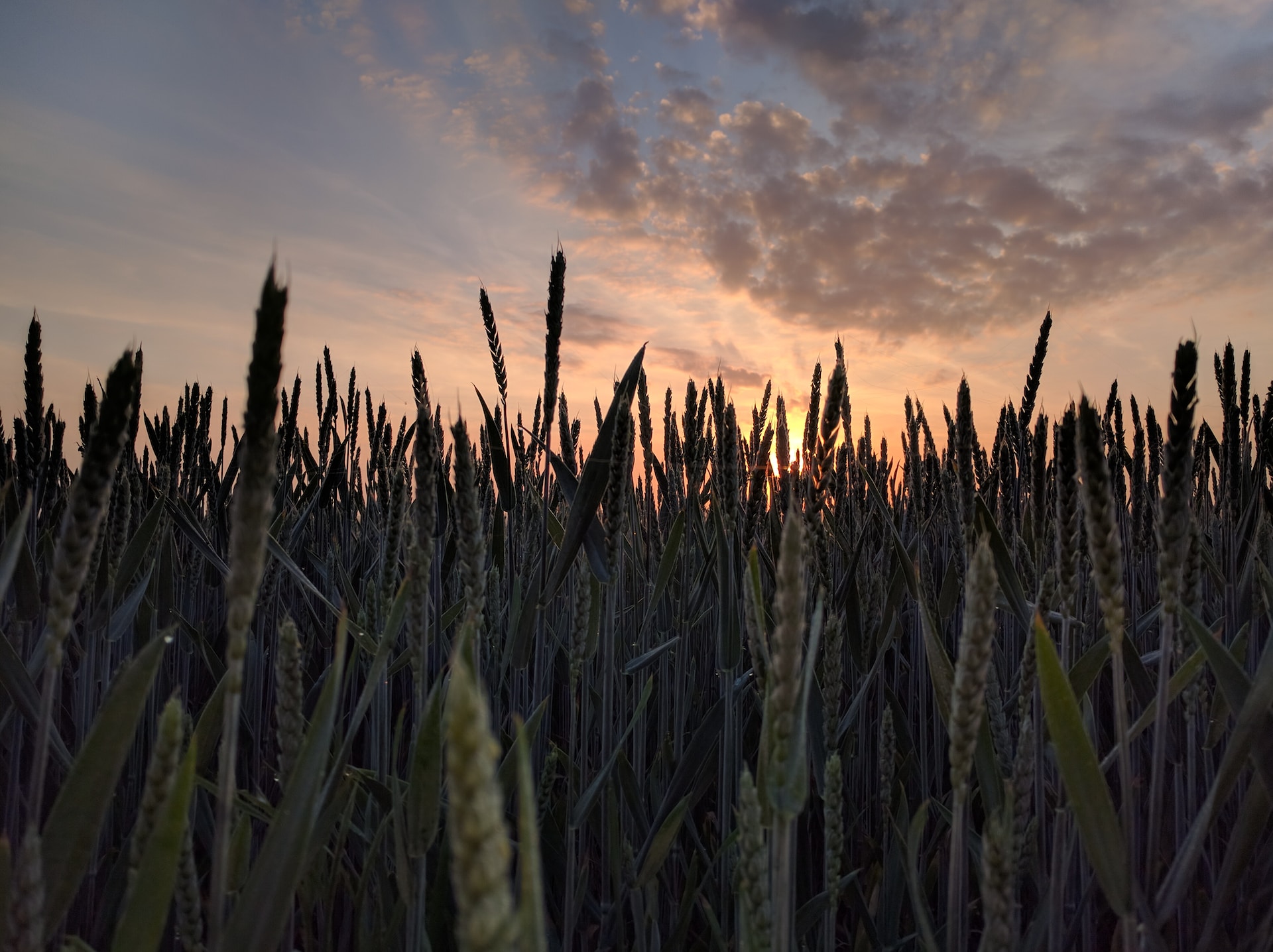In the two weeks since the destruction of the Nova Kakhovka dam in southern Ukraine, the Kakhovka reservoir has been drained to the point that many wide swathes are completely dried up. This reservoir, which is usually filled up with water from the Dnieper River, is the source for several major canal systems meant to bring fresh water for drinking and irrigation to large portions of Ukraine’s key grain farming regions. However, with no dam to help the reservoir accumulate, water is flowing freely downstream and flooding other parts of the country, creating a two-fold issue for already endangered Ukrainian crops.
A multitude of negative factors could contribute to Ukraine’s grain harvest falling by as much as -20% this year and intense fighting in crop-rich territory is only making the situation worse. Additionally, the supply that can be harvested may have issues getting out of port and into the Mediterranean if Russia makes good on renewed threats to abandon the Black Sea Grain Initiative it signed onto with Ukraine last July.
Related ETF: Teucrium Wheat Fund (WEAT)
It has been just over two weeks since the likely sabotage and subsequent collapse of the Nova Kakhovka Dam in southern Ukraine which, at the time, flooded downstream areas in the Kherson Oblast and left many upstream farming territories throughout the eastern Kherson and Zaporizhzhia regions without a reliable source of water. As MRP noted earlier this month, several key canal systems in those Oblasts are meant to tap the Dnieper River and the water that accumulates in its Kakhovka reservoir for irrigation and drinking water. According to the USDA, the two regions produce a combined 13% of all Ukrainian wheat supplies. With reservoir waters now being flushed downstream, affected channels like the Upper Hachynskyi, Kryvyi Rih, and Kakhovskyi Canals are likely to experience diminished flows for some time. In the immediate aftermath of the dam’s destruction, the Ukrainian agrarian and food ministry reported that “94% of irrigation systems in Kherson region, 74% in Zaporizhzhia, and 30% in Dnipropetrovsk” were left without a source of water.
Per the BBC, about 5,840 sq km (584,000 hectares) of cropland on both sides of the Dnieper river could potentially be serviced by the canals, with more than half the area reliant on irrigation systems. These areas yielded about two million tonnes of grain and oil seeds in 2021, according to the Ukrainian government. Recent satellite imagery from Planet Labs shows that water levels in the reservoir have fallen so far that many portions of the riverbed are visible and completely dry. Recent footage appears to show that the lack of water in the reservoir has been exacerbated by the shuttering of dams even further upstream, including the Dnieper hydroelectric power station in the city of Zaporizhzhia, which remains well-within Ukrainian-controlled territory. Additionally, an ongoing bout of…
To read the complete Intelligence Briefing, current All-Access clients, SIGN IN All-Access clients receive the full-spectrum of MRP’s research, including daily investment insights and unlimited use of our online research archive. For a free trial of MRP’s All-Access membership, or to save 50% on your first year by signing up now, CLICK HERE










